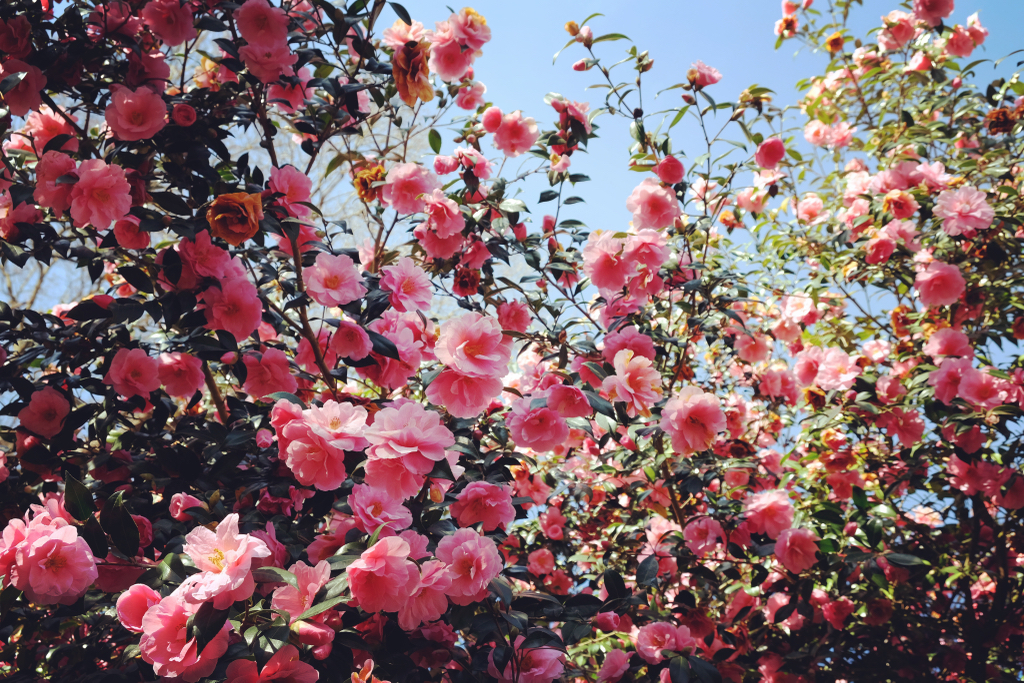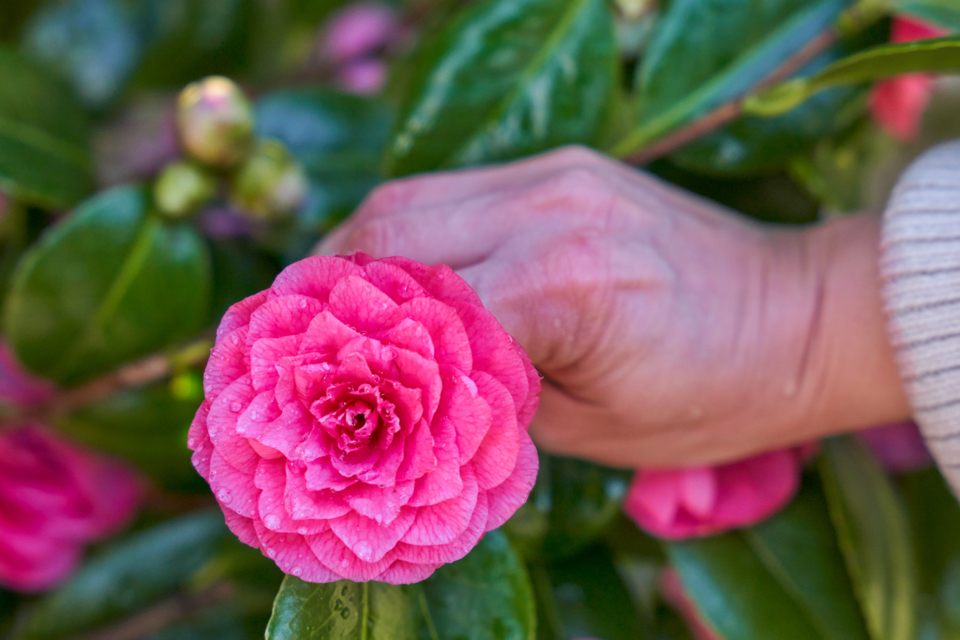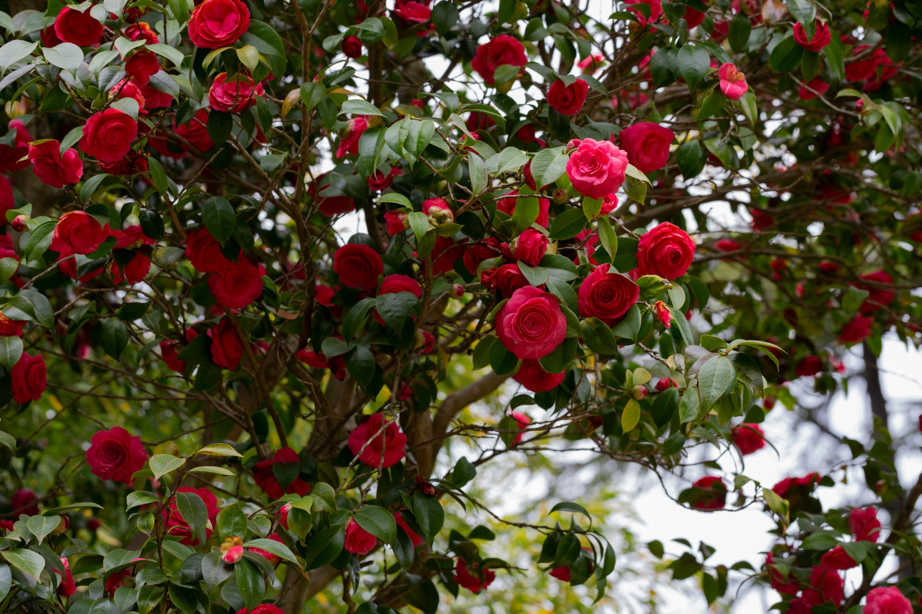‘A Long, Arduous Task That Offers Minimal Reward’ – Why You Needn’t Deadhead Camellias

SHRUBS > CAMELLIA > DEADHEADING

Elizabeth is a Permaculture Garden Designer, Sustainability Consultant and Professional Writer, working as an advocate for positive change. She graduated from the University of St. Andrews with an MA in English and Philosophy and obtained a Diploma in Applied Permaculture Design from the Permaculture Association.
Reviewed By COLIN SKELLY

Colin is a Horticulturist and Horticultural Consultant with experience in a range of practical and managerial roles across heritage, commercial and public horticulture. He holds the Royal Horticultural Society’s Master of Horticulture award and has a particular interest in horticultural ecology and naturalistic planting for habitat and climate resilience.
Contributions From PATRICIA SHORT

Patricia has over 35 years of experience growing camellias in her garden and is passionate about the joy they can bring to the dull winter months.
CAMELLIA GUIDES
Container Growing
Deadheading
Feeding
Problems
– Buds Falling Off
– Brown Leaves
Pruning
Soil Requirements
Sowing
Varieties
– Common Camellia
– Red Varieties
Winter Care
Camellias are plants that can respond well when lavished with a lot of care, but equally, they can be relatively low maintenance when included out in the garden as part of a mixed perennial planting scheme.
One thing you might be wondering about if you grow camellias is whether you should deadhead, and if so, how.
Here is all the information you need about deadheading camellias:
| Difficulty | Easy |
| Equipment Required | Secateurs (optional) |
| When To Deadhead | After flowers fade |
Do You Need To Deadhead Camellias?
Deadheading is one of those jobs in your garden that can take up some time but is often not strictly essential.
As Patricia Short (Membership Representative at the International Camellia Society) explains, deadheading can improve the appearance of any plant – and camellias are no exception.
However, when it comes to deadheading camellias, busy gardeners should understand that this is not something that you definitely have to do.
Deadheading camellias will not improve flowering the following spring, nor will it aid the plant in any important way.

However, it can ensure that your plant still looks good even when the flowers fade and begin to brown.
“Large camellias will produce hundreds of flowers per plant meaning that deadheading would be a very long, arduous task that offers minimal reward aesthetically,” says Colin Skelly, a Horticultural Consultant.
“For smaller camellias, such as those in pots, it might be worth the effort, particularly if they are placed in a prominent place.”
If you are someone who loves to keep everything in the garden looking immaculate and you have some extra time on your hands, then you might wish to deadhead camellias.
Deadheading will keep the plant looking good and prevent the debris from spreading far and wide.
How To Deadhead Camellias
Deadheading camellias can be a time-consuming job if you have a larger camellia or even several camellia shrubs on your property, but it certainly is not a difficult one.

To deadhead camellias, simply:
- Take a clean, sharp pair of secateurs, or gardening scissors if you prefer, though you can also simply use a finger and thumb.
- Using your finger and thumb, snap off each faded flower head where it joins the stem. Take care not to damage buds or developing growth just below the flower.
- You can place the flowers in your composting system unless they show signs of disease.

And the easiest way to display camellias?
“Float them” says Patricia.
“Camellias’ red and pink [work well with] blue, but not orange, so if you have a blue bowl, floating them in that is particularly pretty.”
As you can see, this is a very easy and simple job, but you really don’t need to make this a priority.
If you’re an avid gardener like me, there are plenty of other things to do in your garden that will be a better use of your time.
